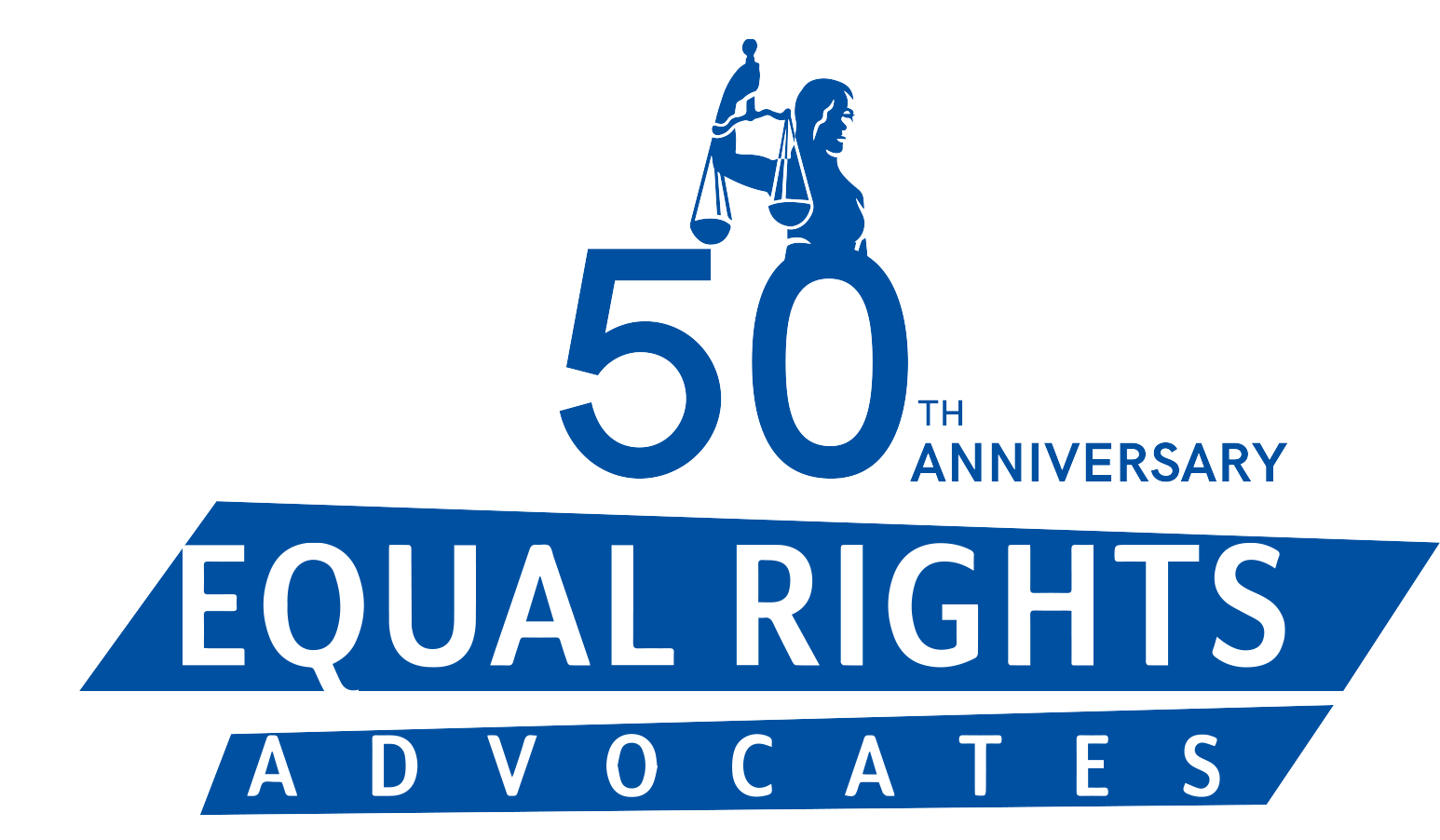

Developments in State Pay Transparency Laws
In recent years we have seen momentum at the state level to increase pay equity by addressing gaps and loopholes in federal equal pay law. This momentum has led to a growing number of state and local laws to address a variety of issues related to pay equity and combat various contributors to gender and race-based pay gaps.
A growing legislative trend at the state and local level to advance equal pay is through increasing pay transparency.
Why is pay transparency important?
Historically, talking about salary has often been considered somewhat taboo. Employees often do not discuss or inquire about pay amongst themselves and many employers do not disclose information related to pay either publicly or internally. The result is that pay is often cloaked in secrecy, which harms women for several reasons: Women are less likely to detect unfair pay practices when pay is secret, and their ability to negotiate for fair pay is undermined when an employer’s pay scales are unknown or ambiguous. On the other hand, pay transparency is shown to improve pay for women in the workforce.
There are three main components of pay transparency legislation: prohibitions on employer-imposed pay secrecy rules, salary range transparency requirements, and pay data collection requirements.
1. Prohibitions on pay secrecy rules
Employer rules which prohibit employees from discussing pay with co-workers allow for discriminatory wage gaps to persist because employees don’t necessarily know that they exist. Allowing workers to discuss pay with one another enables them to uncover pay disparities that are otherwise hidden from sight, a critical step to ensuring women are able to come forward and advocate for equal pay.
Laws which prohibit such pay secrecy rules allow colleagues to share their salaries more freely between one another without fear of retaliation. While this doesn’t require the employer to disclose wages, it leads to a higher level of pay transparency between workers, and thus discriminatory gaps become more apparent.
While the National Labor Relations Act (NLRA) technically prohibits employers from retaliation against employees for discussing pay, many employers still maintain such policies and employees’ only option for redress under the NLRA is to file a charge with the National Labor Relations Board, as opposed to going to court. Recognizing the harm of employer-imposed pay secrecy rules, Equal Rights Advocates led efforts to pass the California Fair Pay Act in 2015 which, among other provisions, makes it unlawful for employers to prohibit employees from discussing or inquiring about their co-workers’ wages. Since then, 21 states and the District of Columbia have followed suit, enacting laws prohibiting pay secrecy rules. Many of these statutes, unlike the NLRA, provide a private right of action, which increases protection and remedies for employees.
2. Salary range transparency requirements
Research shows that women are less likely to negotiate salary than men, and often ask for less than men when doing so. Women and people of color are also more likely to receive low offers for pay. Both of these factors perpetuate the gender pay gap, which is even more stark for women of color.
But when the pay range for a position is available to applicants, this is less likely to occur. Studies show that women undervalue their own contributions, which can lead them to ask for less pay. However, when are aware of the salary range for a position, they have more information about what the employer is able to pay and are therefore better able to negotiate higher pay.
Several states have enacted laws that require salary range transparency. California was the first state to address this issue by passing a law in 2017 requiring employers to provide job applicants with the salary range for a job posting upon request after at least one interview. Connecticut, Maryland, Nevada, and Rhode Island have enacted similar requirements. This led to the passage of even bolder laws requiring salary ranges in job postings in Colorado, Washington, and California. In 2023, Hawaii and Illinois passed salary range laws, and a number of other states have bills pending.
Several localities have also passed their own laws requiring disclosure of salary ranges. Cities in New York, New Jersey, and Ohio have all passed such laws, as well as West Chester County in New York.
Salary posting transparency has benefits for employers, too: surveys indicate that job seekers are more likely to apply to a job with a salary range. In a recent survey, 91% of U.S.-based respondents said that including salary ranges in a job post would affect their decision to apply, a finding which remained consistent across industries and worker seniority. Additionally, a clear salary range can help prevent disagreements about pay later in the hiring process and ensure a more efficient hiring process where employers only receive and process applications from applicants who are willing to accept pay within the range the employer is able to pay.
3. Pay data collection and reporting requirements
A final area of pay transparency relates to requiring pay data reporting by employers.
In 2016, the Equal Employment Opportunity Commission (EEOC) adopted a rule which would have required employers of 100 or more employees to report aggregate pay data broken down by gender, race, ethnicity, and job category, which was set to begin in 2018. The intended objectives were to help prevent and remedy pay discrimination by promoting employer self-evaluation and voluntary compliance, and supporting agency enforcement efforts. However, this pay data collection was put on hold under the subsequent Administration.
In light of the significant benefits of pay data collection, two states have taken action. In 2019, California passed SB 973, which mirrored the EEOC requirements, requiring employers of 100 or more employees to collect and report pay data broken down by gender, race, ethnicity, and job category to the California Civil Rights Department (CRD). In 2022, the CRD published aggregate results from the first year of data collection. Among other findings, the data reflected that women, Latino and Black workers were overrepresented in the lowest pay bands and underrepresented in the highest pay bands. In 2022, California passed SB 1162, which requires similar pay data reporting for employers with 100 or more workers hired through third party staffing agencies or other outside labor contractors.
In 2021, Illinois enacted legislation requiring private employers with 100 or more employees to certify compliance with federal and state equal pay laws and provide specified information pay related information to the state Department of Labor (DOL). To obtain a certification, employers must submit to the Illinois DOL the total compensation of each employee broken down by gender, race, and ethnicity, along with certifications including: that the average compensation for its female and minority employees is not consistently below the average compensation for its male and non-minority employees; that the employer does not restrict employees of one sex to certain jobs and makes retention and promotion decisions without regard to sex; that the employer corrects compensation and benefit disparities when identified. Finally, employers must provide information as to how they determine compensation and benefits.
Requiring employers to collect and report this information helps employers to evaluate their own compliance and rectify gender and race-based pay gaps and also provides enforcement agencies with more information to ensure more robust enforcement of equal pay and anti-discrimination laws.
Pay transparency laws are not only beneficial to workers, they are also good for business. In workplaces with salary transparency, workers are more more productive, and they’re better at collaborating with colleagues. Equal Rights Advocates and our partners throughout the country will continue to push for increased pay transparency as an important strategy to closing the wage gap.
Stay Connected & Take Action
- Get the Latest News & Information Sign up for Email Updates
- Sign Up for Action Alerts Join the Action Team
- Follow Us



